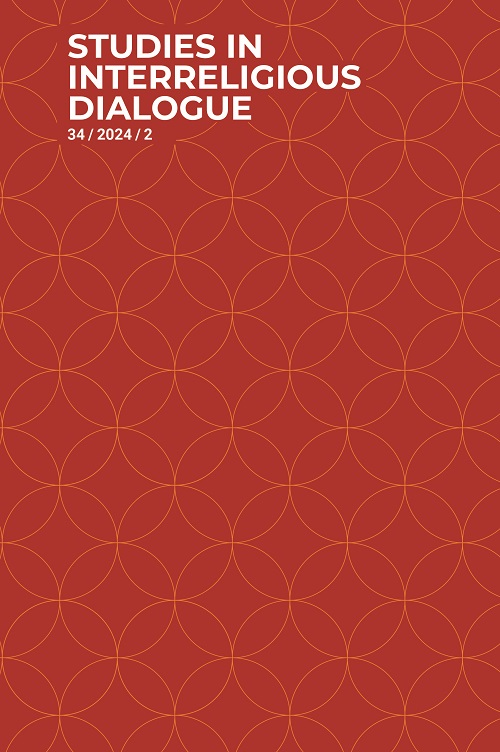 previous article in this issue previous article in this issue | next article in this issue  |

Preview first page |
Document Details : Title: Indigenous Ritual Geography and Interreligious Participation Subtitle: An Account of Fulpātī Ritual in Eastern Himalayas in India Author(s): THAPA, Shivam , CHATURVEDI, Namrata Journal: Studies in Interreligious Dialogue Volume: 31 Issue: 2 Date: 2021 Pages: 129-152 DOI: 10.2143/SID.31.2.3290056 Abstract : Interspiritual ritual participation as essential to everyday spirituality is a rewarding investment in decoding interreligious dialogue. At the current juncture in Indian social-religious history when a monolithic understanding of ‘religion’ is defining social life at macro levels, it is an urgent need to explore ‘indigenous religion paradigm’ to understand indigenous ritual aesthetics at micro levels. In the topographical and environmental context of mountain life in Eastern Himalayas in India, the paradigm of indigenous ritual geography is a valid model for understanding how transitions between and across religious/sectarian boundaries take place through shared yet distinct cosmologies, overlapping cultural symbolism and most importantly, mutually shared and reciprocal participation of human and non-human actors in religious rituals. Through a detailed ethnographic decoding of the Fulpātī ritual in eastern Himalayas, this paper aims to illustrate how exploring the ecoaesthetics of ritual theatre is a powerful way for mapping ecopsychological response to interreligious engagement. |
 |


